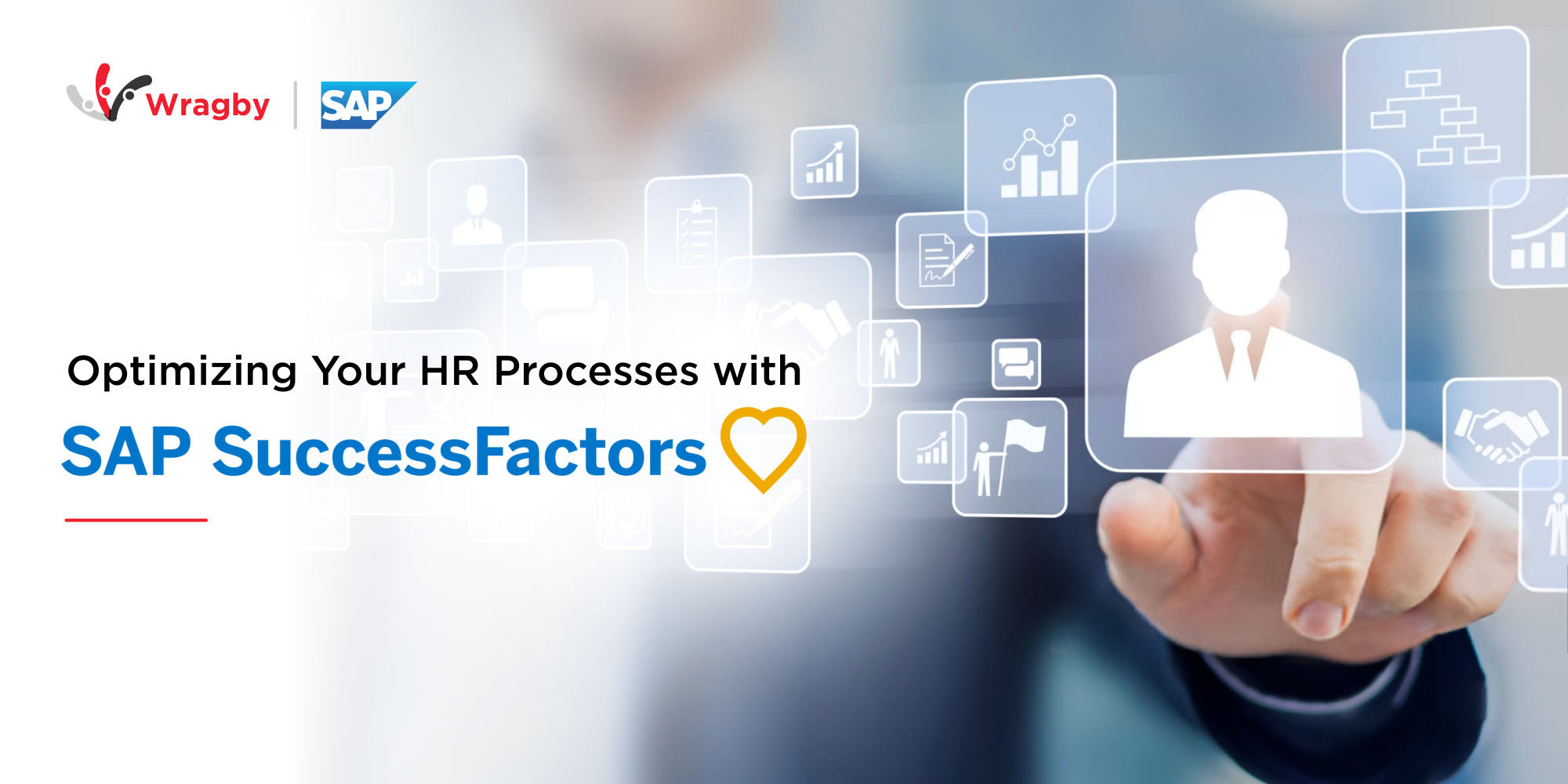
How to Calculate the ROI of ERP as a Small Business Owner
Introduction: Why ERP ROI Matters for Small Businesses
For many small business owners, investing in ERP software feels like a big leap. Between managing daily operations and juggling expenses, it’s easy to wonder: Is this worth it? The short answer? Yes — if you measure it right.
ERP (Enterprise Resource Planning) systems streamline your business operations, reduce errors, and save time. But to truly understand the value of your investment, you need to calculate the ERP ROI for small businesses. This gives you a clear view of the returns you’re getting and helps you make smarter decisions moving forward.
Understanding ERP ROI: What Are You Really Measuring?
When we talk about calculating ERP ROI, we’re talking about more than just money saved. It’s about measuring how much value your ERP system brings to your business over time.
At its core, ERP ROI (Return on Investment) shows the relationship between the benefits gained from the system and the cost of implementation and usage. It include
Tangible benefits like reduced operational costs, fewer errors, and time saved.
Intangible benefits like better decision-making, improved customer experience, and team productivity.
The basic ROI formula is:
ROI = (Net Benefits / Total Costs) × 100
If your ERP system helps you save ₦5 million in operational inefficiencies over a year, and it cost you ₦2 million to implement and run, your ROI would be:
(₦5M – ₦2M) / ₦2M × 100 = 150%
That means for every ₦1 spent, you gained ₦1.50 in return.
What Costs Should You Include in Your ERP Investment?
To calculate ROI accurately, you need to start with a clear picture of your total ERP investment. Many small businesses underestimate this step, focusing only on the upfront costs and ignoring the hidden ones.
Here are the key cost components to include:
Software Fees: One-time license or recurring subscription costs.
Implementation Costs: Setup, data migration, and system configuration.
Customization: Any tailoring done to fit your unique business processes.
Training: Onboarding your team so they can use the system effectively.
Support & Maintenance: Ongoing updates, bug fixes, and customer support.
Hardware (if applicable): Servers, workstations, or network upgrades needed.
By understanding your ERP total cost of ownership, you’ll avoid surprises and build a more realistic ROI estimate.
Key Areas Where ERP Delivers ROI for Small Businesses
ERP systems don’t just organize your business — they help it perform better across the board. Here’s where small businesses often see the biggest return on investment:
Improved Productivity: Automating repetitive tasks frees up your team’s time for high-value work.
Inventory Accuracy: Better stock control means fewer shortages and less waste.
Faster Decision-Making: Real-time data helps you act quickly and confidently.
Error Reduction: Fewer manual processes = fewer costly mistakes.
Smoother Operations: Departments are better connected, so things move faster and smoother.
All these areas contribute to measurable savings — and over time, that’s what drives strong ERP ROI benefits for small businesses.
Step-by-Step Guide to Calculate Your ERP ROI
Now that you know what to look for, here’s a simple way to calculate your ERP ROI as a small business owner:
Step 1: Add Up the Total Cost of ERP
Include:
Software subscription or license
Implementation and customization
Training and onboarding
Support and maintenance
Example:
₦2,000,000 (software + setup) + ₦500,000 (training) + ₦300,000 (support) = ₦2,800,000 total investment
Step 2: Estimate the Measurable Benefits
Look at cost savings or value gained in areas like:
Reduced staffing hours
Lower inventory losses
Faster order processing
Increased sales from faster service
Example:
₦1,000,000 saved from efficiency
₦700,000 saved in inventory
₦1,500,000 gained in new business = ₦3,200,000 total benefits
Step 3: Apply the ROI Formula
ROI = (Total Benefits – Total Costs) / Total Costs × 100
= (₦3.2M – ₦2.8M) / ₦2.8M × 100 = 14.3% ROI
This means your ERP system gives you a 14.3% return — and that’s just in year one.
Common Mistakes to Avoid When Calculating ERP ROI
Even with the right tools, many small businesses miscalculate their ERP ROI because they overlook key factors. Here are common pitfalls to watch out for:
1. Ignoring Intangible Benefits
Better decision-making, improved customer satisfaction, and faster workflows may be hard to quantify, but they add long-term value. Don’t leave them out.
2. Underestimating Costs
Costs don’t end after implementation. Ongoing support, upgrades, and user training should be factored into your ERP total cost of ownership.
3. Focusing Only on Short-Term Gains
ERP is a long game. While some benefits show up fast, many (like improved reporting or growth scalability) pay off over time.
4. Not Tracking KPIs
To see what’s working, you need to track measurable metrics — like order processing time, customer retention, and error rates — before and after ERP implementation.
Avoiding these mistakes gives you a clearer picture of the true ERP return on investment and helps you make confident business decisions.
Choosing the Right ERP for Your Business: Why wBizmanager Stands Out
Choosing the right ERP platform is just as important as calculating ROI — and that’s where wBizmanager stands out.
Built with small and medium businesses in mind, wBizmanager helps you simplify operations, cut down manual work, and track performance — all from one intuitive platform. Whether you’re managing inventory, tracking expenses, or generating invoices, it gives you the tools to see real results.
Here’s why wBizmanager delivers solid ERP ROI for SMEs:
Affordable pricing tailored for growing businesses
All-in-one features: accounting, HR, inventory, invoicing, customer management & more
Easy setup with minimal disruption
Real-time insights for better decision-making
Scalable — it grows with your business
If you’re looking to maximize your ERP investment, wBizmanager helps you start strong and stay on top, without the complexity.



Leave a Reply